I’ve been thinking about goat milk ice cream for over two years. Really. Back in 2011 just before we left for a five week around the world trip I stumbled upon a launch announcement for a little soft-serve shop that had popped up in the West Village.
“So what?”, I hear you say, “there are a thousand soft-serve ice cream places in NYC, what makes this one any different?”
Well, its claim to fame was that it used goat milk for its ice cream, and having been off cow dairy – and by association ice cream – for nearly a year at that stage, it sounded like just about the best thing I’d ever heard.
So when we hit NYC – after DC and before Copenhagen – I dragged RJ down to the twisty non-numbered streets of the lower west to find the tiny Victory Garden shop-front.
The Chocolate & Rosemary, the Mastic, the Traditional were all tasted and considered for a full swirly-cup but it was the Honey & Lavender that really stuck in my memory. I paired the two flavours in a cake a while back but the ice cream needed to wait until I had a proper ice cream maker – luckily Santa was paying attention this year and Christmas delivered the goods.
Like I said, I had goat milk ice cream on the brain – so much so that when I made Plum & Ginger Sauce a while back I did it with this creation in mind and set a bit aside in anticipation. I had hoped to use some very special honey for this recipe but alas it has not yet arrived – so while a perfectly good organic jar stood in, I feel I should share the story of the one that is on its way to me currently.
Around the end of last year I saw a tweet from a twitter friend Honey Delight saying that she was in the last few hours of a crowd funding push and needed support to get her Canberra Urban Honey project off the ground. A third generation bee farmer, Carmen Pearce-Brown wanted to create urban hives around Australia’s capital city.
I hopped on, donated enough to both help out and guarantee a jar of honey from the first harvest, then proceeded to re-tweet until the clock ran down… as luck would have it Carmen reached her goal! Then earlier this week I received an email advising that the first urban hive had been harvested, bring on the honey.
But why would someone already farming bees in rural areas want to raise money to put bee hives in the middle of a city – isn’t that our worst nightmare?
An interview with Honey Delight – Carmen Pearce-Brown about the Canberra Urban Honey Project
Carmen was kind enough to give me a bit of her time to share what the Canberra Urban Honey project is all about, the impact of bee populations on our environment, and of course a few tips on using honey.
JJ: As a 3rd generation bee keeper successfully producing honey in rural hives, what made you decide to start an urban hive program? CPB: We have sold our [Honey Delight] products at the Canberra Capitol Region Farmers Market for years and customers were remarking that they had noticed the drop in bees around their properties. They had seen a decrease in the production of their backyard gardens and knew the bees were responsible for pollination. People kept asking us if they could host hives, but for a long time we just didn’t think it was feasible.
We know that our Urban Honey project will not be profitable – the amount of honey produced will not cover the costs of the program – but we think it is important to grow and protect the [bee] population. There are a few other urban bee programs around the country but Canberra Urban Honey is one of the only ones run by a farming family. We have the necessary skills to contribute [years of knowledge] to the urban agricultural movement.
There are big issues in the US right now and bees are in decline, have you found that you are having the same problems here? Both agricultural and bee keeping practices are quite different in Australia than they are in the US – and the rest of the world. Most honey in Australia comes from forests instead of pastures or crops and this means our bees aren’t impacted as much by pesticides or GMO. While we do have a [reasonably new] hive beetle issue, we have not yet been infected by the mites that are causing so much damage overseas. There has been an increase in the impact of environmental factors [on bees] but we have a very unique situation [in Australia] and need to value and protect what we have here.
What makes a good urban hive location? When I first heard about your project I was imagining hives on city buildings but it seems that most of your box locations are residential? We originally imagined micro-apiaries on roof tops too but found it hard to secure spaces. Bees need locations that have western shade so they won’t get too hot in summer, but sun exposure in winter so they don’t get too cold either. People were requesting hives in their backyards so that is where we started.
In a rural environment you move the bees to ‘chase food’ how will the urban hives survive during the winter? The bees will gather enough [honey] during the summer to keep the colony alive during in winter, so it shouldn’t be an issue.
Honey changes flavour and tends to be labled based on what pollen the bees collect, how will you describe the urban honey? We are calling it the ‘Taste of Canberra’, it could be the taste of a certain suburb or even a single street, we really won’t know until it is harvested.
Your urban hive program has really taken off, what are your goals for the next 12 months? To keep the program sustainable we need to refocus a bit this year. We currently have seven single hives across the city and a waiting list for more, but it is just not manageable from a resource perspective. We need at least three hives in each location to create sustainable micro-apiaries and most people don’t have that much space in their yards. [Note: the hives are monitored, maintained and harvested by Carmen and her family]
So would multiple hives in say a single neighbourhood work in the same way? Yes, it certainly could.
Ok, be honest, how often do you get stung? Not too often truthfully, I have tricks to prevent it. On bee days I don’t wash my hair or use lotion or perfume, I wear neutral colour clothes too.
Do you have any tips on cooking or baking with honey? Different honeys have different uses. For example Apple Box is dark and caramel, it is good for marinating beef or baking bread – bread made with dark honey creates a really nice crust. Iron Bark has a nutty flavour and is good in Asian dishes. Citrus cakes should use a citrus honey like Canola, it has a lemony taste and is also good in Caesar Dressing.
What is your favourite way to eat honey? Raw honeycomb with brie on crackers.
If you want to know more about the urban hive project you can view a segment from the ABC 7:30 Report here or check out the Canberra Urban Honey blog. Currently, Honey Delight honey products can only be purchased from Carmen and her family at the Canberra Capitol Region Farmers Market, but there are plans for expansion in the near future. Thanks again for your time Carmen!
Truthfully I’m kind of glad I wasn’t able to use my Canberra Urban Honey for this recipe – I have a feeling I’ll be savouring every last drop drizzled over and stirred through all sorts of treats.
Do you like honey and what is your favourite way to use it? And have you ever had goat milk ice cream?
INGREDIENTS: METHOD: Quick Method: Combine 1/2 c milk with corn flour and vanilla, set aside. Heat remaining milk to steaming. Beat eggs and salt till pale – about 3 minutes – then beat in honey. Pour hot milk into egg mixture, whisking to temper. Return mixture to pan and cook over low heat for 3 mins until just beginning to thicken, pour in remaining milk/corn flour mixture and continue to cook for another 3 mins. Pour through a sieve into a bowl over ice water and whisk until cool enough to hold your finger in the custard. Refrigerate until very cold. Churn according to ice cream maker instructions*. Layer: ice cream > dollops of plum sauce > ice cream > plum sauce > ice cream in a container. Freeze, scoop, eat. Detailed Method: Place a large heat-proof bowl into a bowl of ice water, place a wire sieve over top, set aside. Combine 1/2 c goat milk with the corn flour and vanilla bean paste, set aside. Gently heat remaining [2 1/2 c] milk in a heavy based sauce pan until steaming – do not let milk simmer or boil. Meanwhile, whip eggs and salt with an electric hand beater for 3 minutes until pale and doubled in volume. Drizzle in honey and beat for a further 1 minute. When the milk begins to steam – probably just as you finish beating the eggs – remove it from the heat. Pour hot milk very slowly into the egg mixture, whisking constantly to temper the eggs so they don’t scramble – I use a wire whisk at this point instead of the electric beater. Return the mixture to the pan and heat gently for 3 minutes, stirring regularly with a whisk – the mixture should just start to thicken at this point. Add extra milk/corn flour/vanilla mixture and whisk over gentle heat for a further 3 minutes to cook the corn flour. Remove from heat and pour custard through the sieve into the bowl you prepared earlier. Stir with the whisk until the custard is cool enough to hold your finger in for a count of five. Move bowl of custard to the refrigerator for at least 4 hours, try not to eat it all with a spoon… Churn ice cream according to your machine’s instructions*. Layer the ice cream with the Plum Sauce to create the swirl: spread a third of the ice cream in a container, dollop over half the plum sauce, spread over another third of the ice cream, dollop over the remaining sauce, top with remaining ice cream and smooth top. Freeze until firm. Allow ice cream to sit out for 10-15 mins before scooping. Serve with extra Plum Sauce if desired. COOK’S NOTES:
Goat Milk, Honey & Plum Swirl Ice Cream
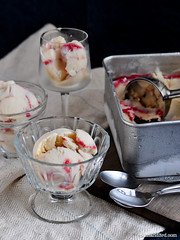 This ice cream is probably closer to gelato than traditional ice cream – this is not a bad thing. The richness of the goat milk is tempered by the honey, and a tangy plum sauce brings it all together. A memory of NYC rolled together with a taste of Australia, welcome to my world.
This ice cream is probably closer to gelato than traditional ice cream – this is not a bad thing. The richness of the goat milk is tempered by the honey, and a tangy plum sauce brings it all together. A memory of NYC rolled together with a taste of Australia, welcome to my world.
~~~
 This post is part of the February Sweet Adventures Blog Hop – Licence to Chill – hosted by Capers of the Kitchen Crusader.
This post is part of the February Sweet Adventures Blog Hop – Licence to Chill – hosted by Capers of the Kitchen Crusader.
SABH is a monthly blog hop brought to you by your hostesses – The Hungry Australian, Dining With a Stud, The Capers of the Kitchen Crusader, and me – 84th & 3rd.
Make sure to check out all the other frozen creations that have been linked-up below!

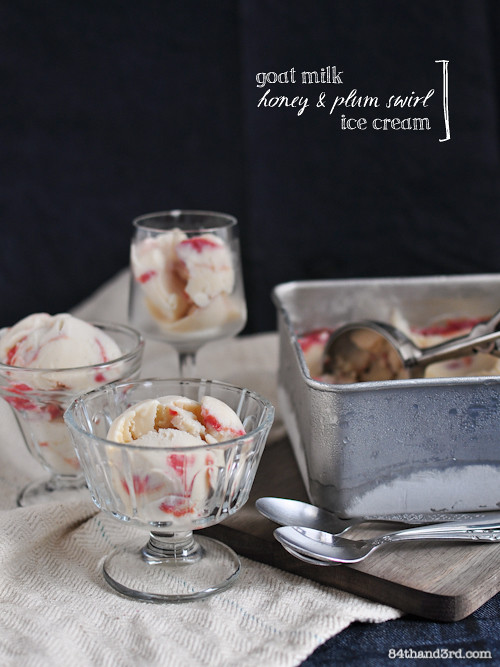
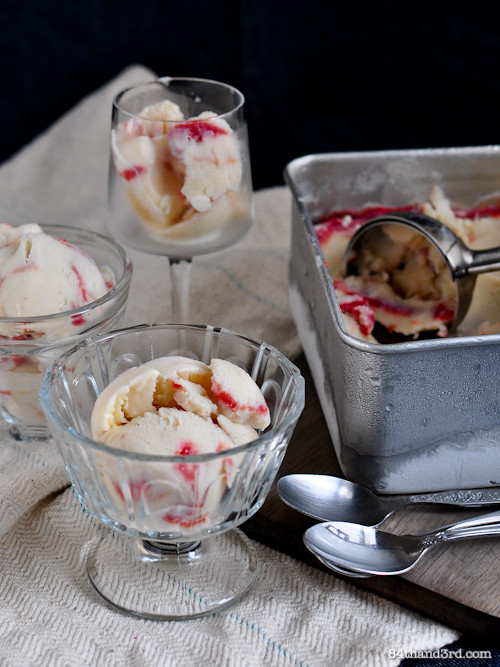
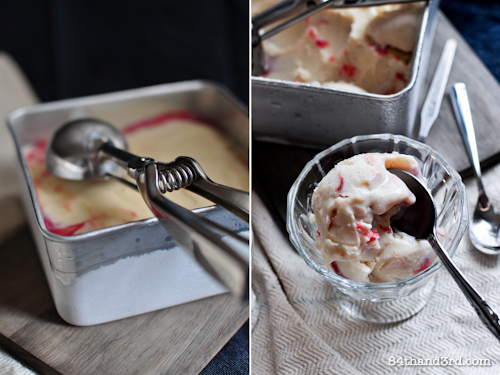
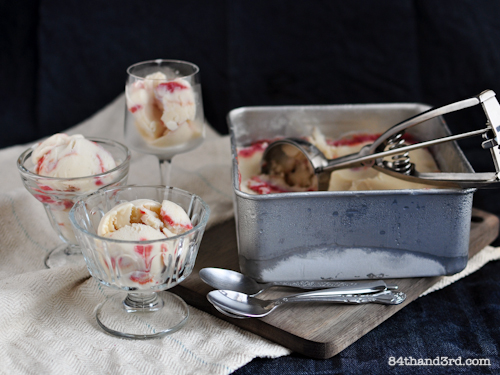
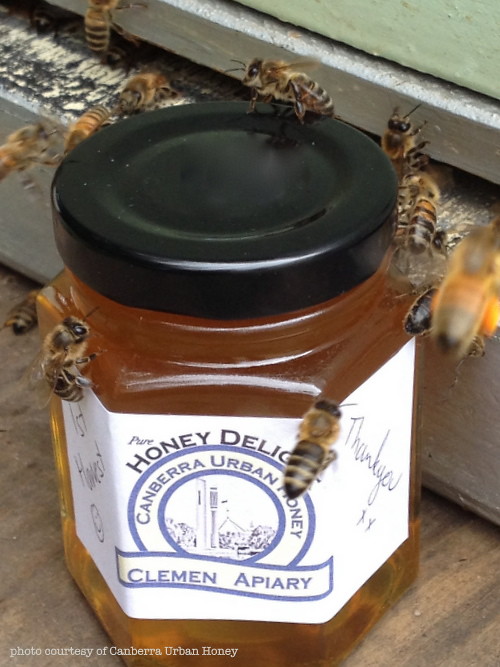
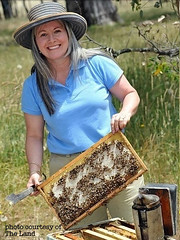
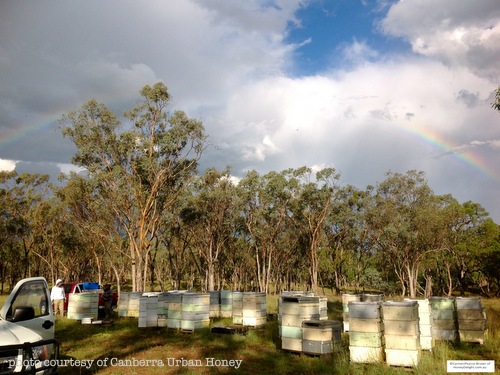
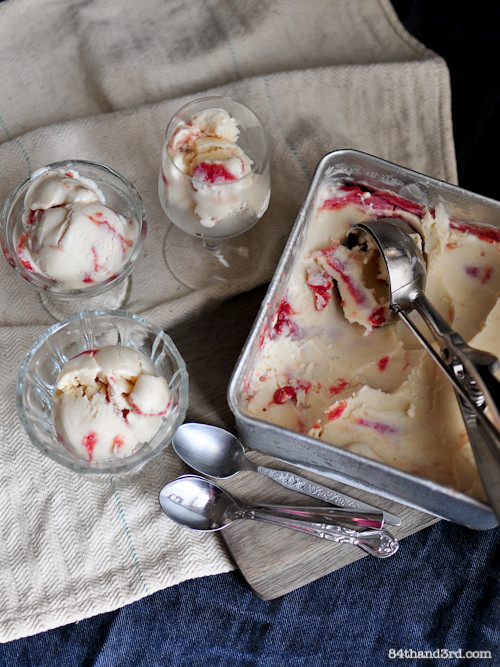
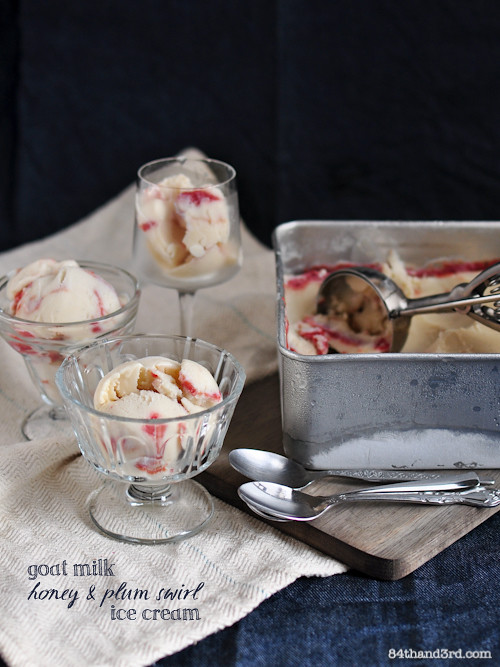
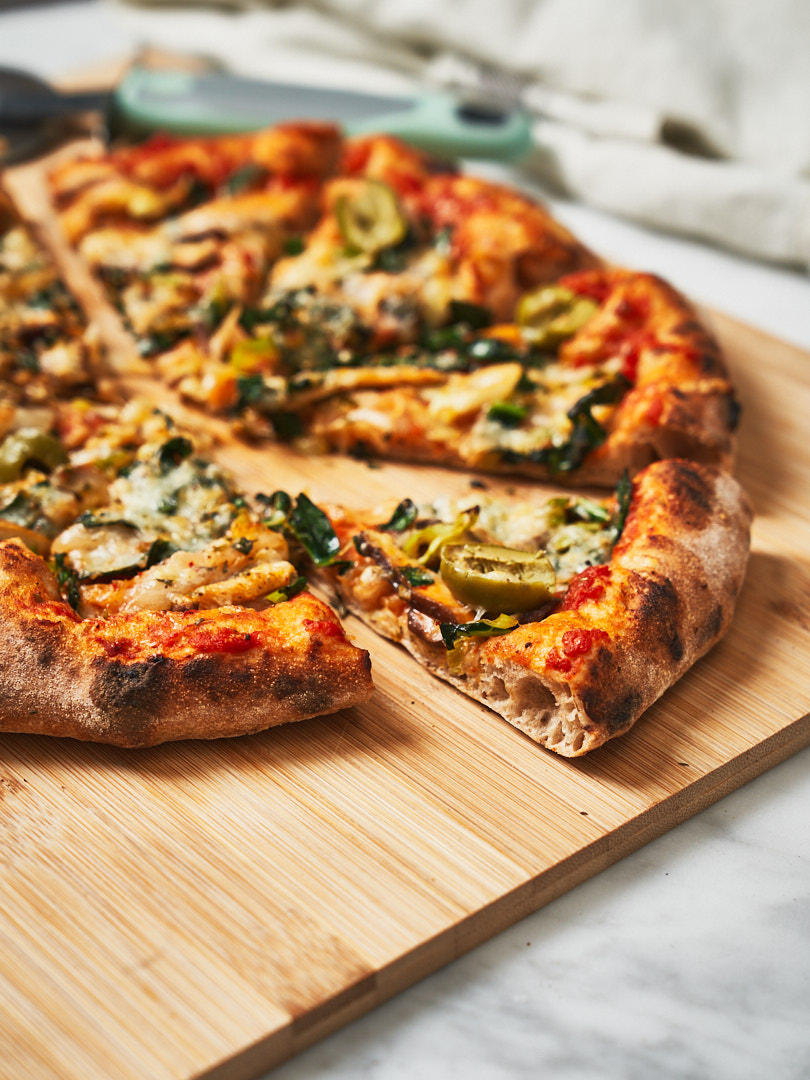
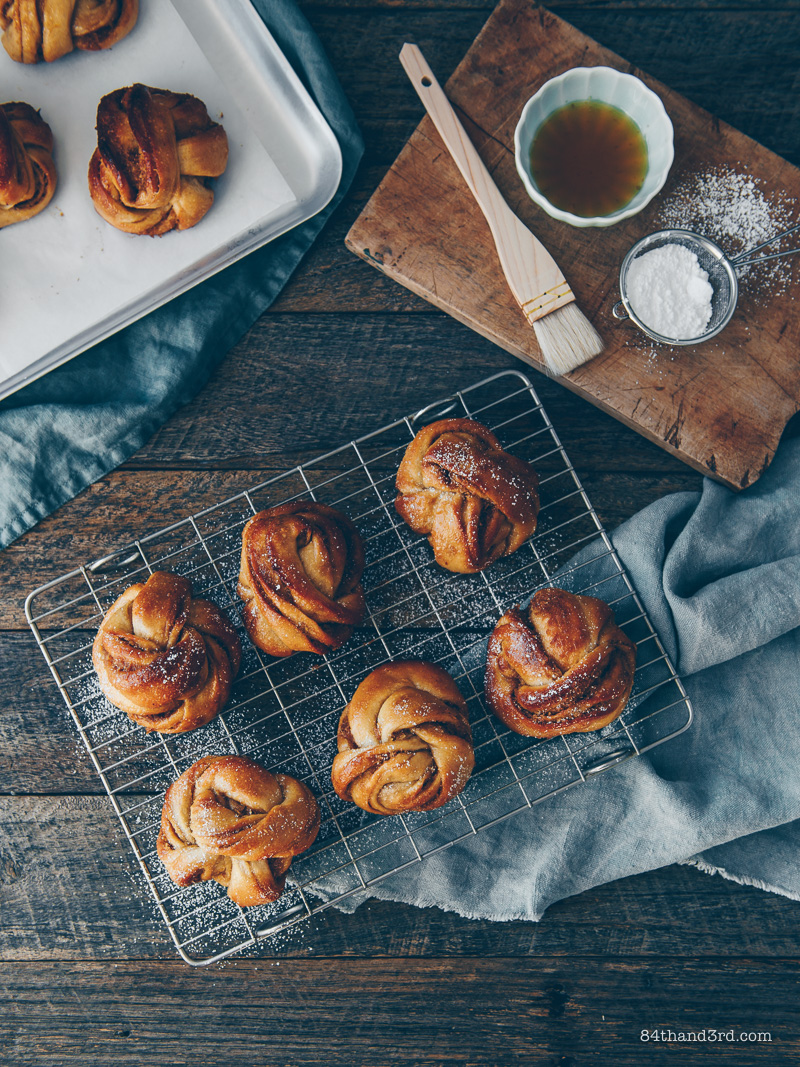
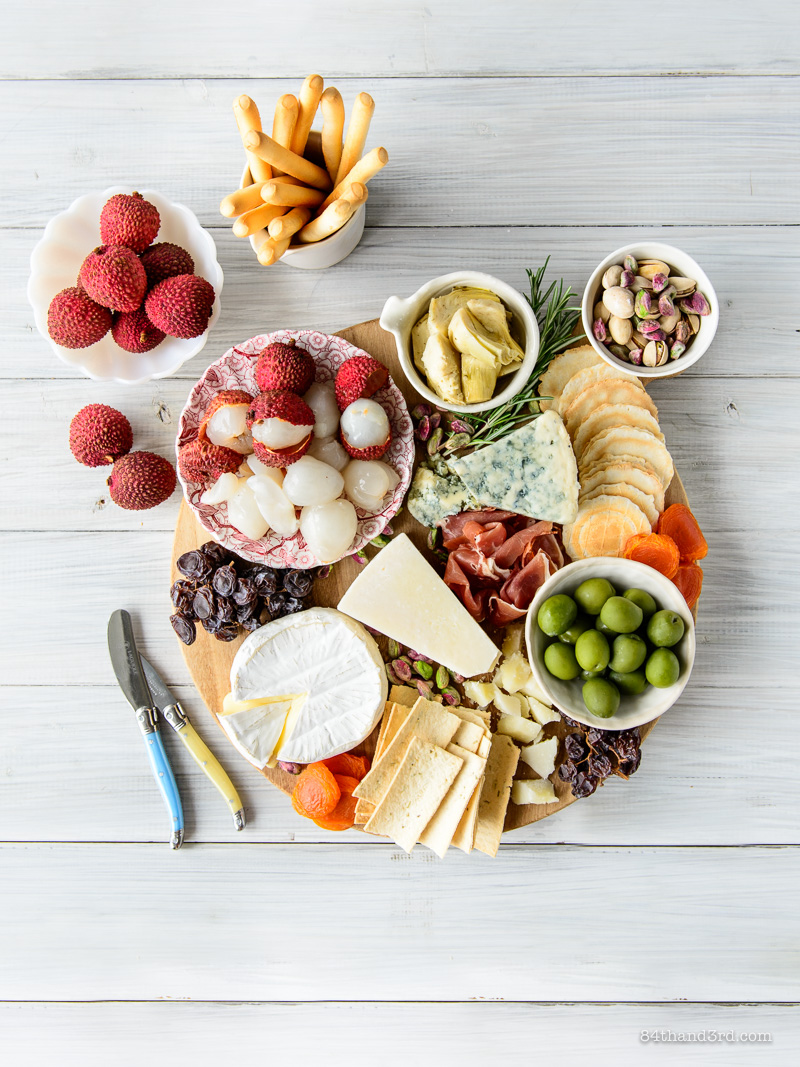
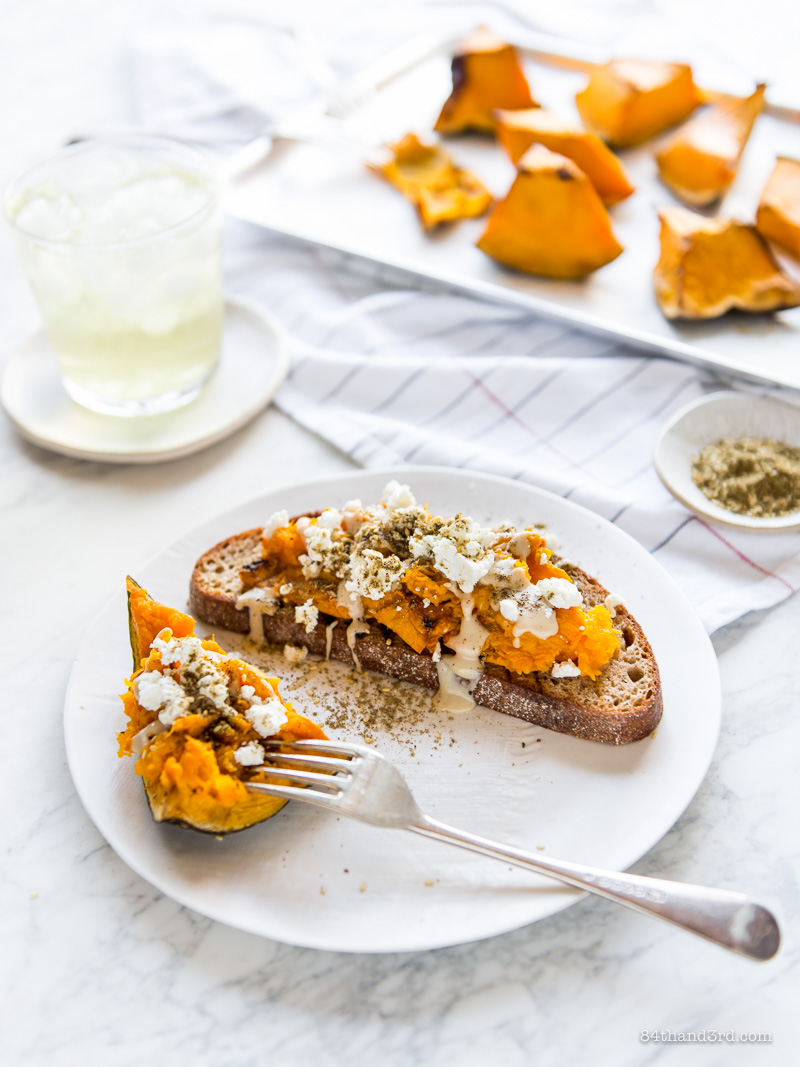

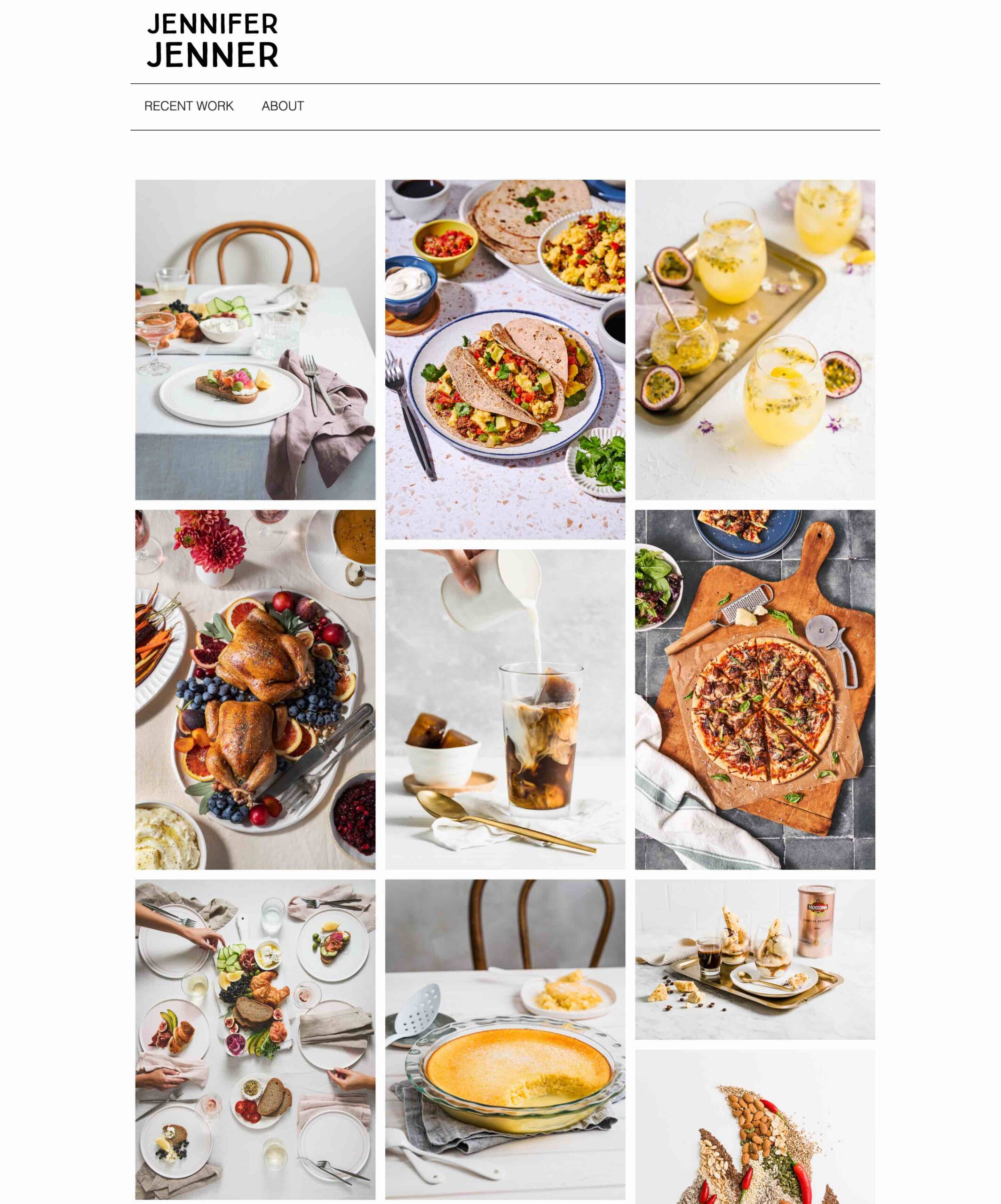
Your ice cream is so pretty, I love the plum swirl!
Wow, this looks delicious. And good on you for supporting local producers!
I personally have never heard of goats milk ice-cream, thanks for introducing me. Your photos are absolutely stunning as is the story about the urban bee project.
Also I like honey in cakes with ginger or if I need a quick sugar fix – butter and honey on a cruskit. yum
Thanks Lizzie, honey and ginger make a great combo!
Wow, I’ve never heard of goats milk ice cream either! I love the combination of plum and honey. I will recommend it to my Mum who has a big plum tree in her garden and always wondering what to do with the crop!
Oh I’d love a plum tree! The sauce is really easy and perfect to preserve that summer flavour 🙂
Your ice cream looks beautiful. Goats milk makes a delicious ice cream, as you know. There is a goat milk ice cream producer in Victoria, whose name I cant remember at the moment….Ill work on it. I loved your interview with Honey Delight , what an amazing project. Without bees we really are in trouble.
Ohh would love to know who they are! And yes, bees are so important to anything growing.
I have never tried goat’s milk ice cream. I am not a fan of goat’s cheese, does it have that same earthiness?
Not a fan of goat cheese, inconceivable, we need to talk ;D It’s funny, I kind of wanted the ice cream to be stronger and was considering stirring some goat cheese through! Most of the milk is pretty mild though.
Ooh yum this sounds like a great combo of flavours JJ, I haven’t experimented too much with goats’ milk but would love to give it a try! Lovely photos too!
This looks amazing!
Goat’s milk (and subsequently goat cheese) is one of my favorite ingredients to cross between the realms of savory and sweet. This sounds spectacular. Now we just need Spring/Summer to arrive so we can fully justify this deliciousness!
Love the story and love the interesting honey back story you’ve included in this post as well, JJ.
This ice cream sounds unbelievable!
Ooh I was just given a few jars of honey 🙂 I cant wait to use them!!!
What an interesting interview! I will be sure not to be too perfumed or colourful when I see bees! 😀
How beautiful is this ice cream?! I have been lucky enough to try Carmen’s honey last year and still have a small amount left. It is my favourite honey in my collection. Your interview was fascinating to me because I am just so interested in bees and all things honey – well done! I will make sure to watch the 7:30 report segment.
I don’t believe I’ve tasted goats milk ice cream before…but I’m totally loving this creation of yours! And Carmen’s honey sounds like a great project.
Hi there. The current Food on Friday on Carole’s Chatter is collecting links to posts about ice cream and sorbets – or anything similar like gelato. I do hope you link this in. This is the link . Please do check out some of the other links – there are a lot of good ones already. Have a great week.
Love that you interviewed my friend Carmen, who happens to produce the BEST honey ever!